Transcription of ‘Drone Collision’ Task Force - EASA
1 European Aviation Safety Agency. All rights reserved. ISO9001 Certified. Proprietary document. Copies are not controlled. Confirm revision status through the EASA-Internet/Intranet. An agency of the European Union Page 1 Drone collision Task Force Final Report (04/10/16) Drone collision Task Force European Aviation Safety Agency. All rights reserved. ISO9001 Certified. Proprietary document. Copies are not controlled. Confirm revision status through the EASA-Internet/Intranet. An agency of the European Union Page 2 Table of Contents 1 Executive Summary .. 3 2 Introduction .. 4 3 5 Airborne Conflict .. 6 Reported distance between aircraft and drone .. 7 4 Analyse the existing studies .. 8 5 Consultation .. 9 6 Assessment methodology .. 9 Drone Threat Specification (DTS) .. 10 Impact effect assessment (IEA) and hazard effect classification (HEC).
2 11 Outcome of the consultation on the approach to the impact assessment.. 13 7 Conclusions on the vulnerability of manned aircraft .. 13 Large Aeroplanes .. 14 Rotorcraft .. 16 General Aviation .. 17 8 Recommendations and way forward .. 18 Outcome of the consultation .. 18 The drone threat .. 19 Impact effect assessment (IEA) and hazard effect classification (HEC) .. 20 Way forward .. 21 APPENDIX I: Acronyms and Definitions .. 22 APPENDIX II: References .. 24 APPENDIX III: Task Force Membership .. 25 APPENDIX IV: List of the organisations consulted .. 26 APPENDIX V: Generic Drone Threat Specifications .. 28 APPENDIX VI: Impact & Hazard Effect Assessment Process .. 29 APPENDIX VII: External threats Certification Requirement .. 30 APPENDIX VIII: Impact Effect Assessment and Hazard Effect Classification Matrix .. 32 Drone collision Task Force European Aviation Safety Agency.
3 All rights reserved. ISO9001 Certified. Proprietary document. Copies are not controlled. Confirm revision status through the EASA-Internet/Intranet. An agency of the European Union Page 3 1 Executive Summary The European Aviation Safety Agency Task Force has assessed the risks resulting from collisions between drones of varying masses and different categories of manned aircraft, considering their design characteristics and operational requirements. Chaired by EASA, the Task Force consisted of six representatives from the European aircraft industry and several EASA specialists. Additional contributions were provided by invited experts. Two formal Task Force meetings took place between May and July 2016. To support the assessment, relevant occurrences have been reviewed, as well as existing studies on the subject of impacts between drones and manned aircraft.
4 Early in its evaluation, the Task Force identified the need to narrow down the scope of the assessment and it decided to focus on the drones available on the mass market that correspond to the proposed EASA Open Category ( less than 25 kg), limiting the assessment to four classes of drones that represent the vast majority of the drones in this category flying today: Large ( kg), Medium ( kg), Small ( kg) and the smallest or Harmless ( kg). A simplified model of the drone threat has been established, considering certain parameters that are assumed to contribute to the potential severity of an impact, which led to the batteries and the motors of drones being identified as key critical components. Within the confines of this remit and for each product type, the vulnerability of selected aircraft components has been assessed against the four classes of drone defined.
5 As expected, large aeroplanes and large rotorcraft are by the nature of their scale and design requirements generally more resilient to collisions with drones and the severity level is limited for the smallest drone categories ( Small and Harmless ). For smaller aeroplanes and light rotorcraft, more components are vulnerable and the severity level is higher. The landing gear and the related doors and landing lights are expected to be components with the lowest vulnerability. More specifically, for the case of a collision with a Medium drone, only an impact above 10 000 ft at cruise speed is believed to lead to High severity effects. At lower altitudes, the severity level of a collision with a drone of this category is expected to be Low due to the lower kinetic energy at impact. The use of altitude protection, as defined in the drone threat specification (DTS), which might be implemented in certain drone designs, is perceived to be a means to mitigate the consequences for large aircraft airframe components of a collision with a Medium sized drone.
6 Little or no benefit is expected from the use of altitude protection for rotating components ( engines, propellers, and rotors) and the airframe components of rotorcraft or general aviation aircraft. A collision with the smallest drone category is expected to be harmless (according to the definition of Harmless adopted by the Task Force ), at least for large aeroplane product types. Further research is needed to determine the consequences for other aircraft product types. Engineering judgment has been used extensively, and the limitations of both the scope and the methodology of the assessment should be taken into account when interpreting the conclusions that have been reached. As a result of its work, the Task Force has delivered a set of three recommendations, listed below: Drone collision Task Force European Aviation Safety Agency. All rights reserved.
7 ISO9001 Certified. Proprietary document. Copies are not controlled. Confirm revision status through the EASA-Internet/Intranet. An agency of the European Union Page 4 Recommendation 1: The Task Force recommends that an analytical model of the drone threat should be developed that takes into account a more detailed analysis of the construction of drones and an assessment of the dynamic behaviour of drones and their components, (in particular their motors and batteries,) during an impact. To gain confidence in the model, the method should be validated against laboratory tests, in particular to validate the behaviour of specific drone components such as the batteries or the motors during an impact and to confirm the prediction of the overall frangibility of the drone. This validated analytical model could be used for further impact analysis (see Recommendation 3).
8 Recommendation 2: The Task Force recommends that a specific risk assessment should be conducted to assess the behaviour of lithium batteries on impact with structures and rotating parts, and their possible ingestion by jet engines. The assessment should, if possible, be supported by testing, and should address the risks of explosion, fire and air contamination. Recommendation 3: The Task Force recommends that further research should be conducted to establish hazard severity thresholds for collisions between drones and manned aircraft. Impact analyses should be performed to determine the effects of a drone threat (as established per Recommendation 1) impacting aircraft critical components, possibly capitalising on existing computing and software capabilities and other particular risk assessments such as those for bird, tyre and engine debris impacts.
9 To gain confidence in the model, the method should be validated against tests on representative aircraft components such as airframe parts, windshields and rotating elements ( rotors, propellers and fan blades). As a possible way forward, the Task Force believes that a coordinated and collaborative research programme should be established to further assess the consequences of a drone collision on an airborne manned aircraft. The results should be shared to inform the responsible parties and to facilitate the development of future safety measures that may be necessary to ensure the safe operation of drones . The outcome of the research could be used to help to: Confirm and justify drone sub categories and their operational limitations so as to minimise the risk of collisions; Influence the design of drones to minimise the risk if an impact occurs; Categorise new drone designs that utilise new drone technologies; and Prevent unnecessary regulatory actions from affecting the drone and aircraft industries.
10 2 Introduction Drone technologies pose a regulatory challenge because today s aviation safety rules are not adapted to drone operations. Given the broad variety of drone types being used under very differing operating conditions, the regulatory framework must move from an aircraft-centric approach towards an operation-centric approach. drones are a type of aircraft. If drones are operated alongside 'manned aircraft', all the existing aviation rules and procedures must be followed, which means there is a need to develop detect & avoid or command and control technologies for drones to ensure that drones can comply with those rule and procedures. There are, however, smaller drones that are already flying. Recent reports have raised the awareness of politicians, authorities and the public to the risk of a collision between a small unmanned aircraft and a Drone collision Task Force European Aviation Safety Agency.
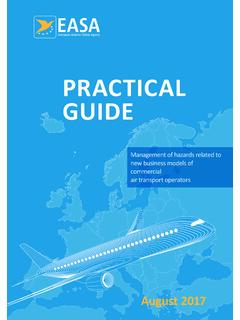
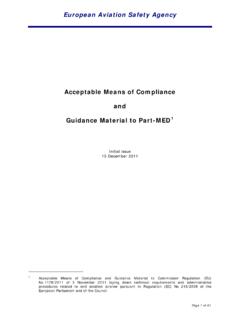
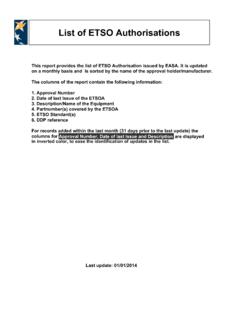
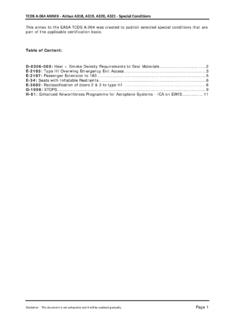

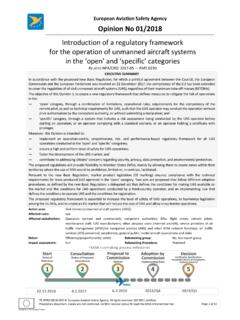
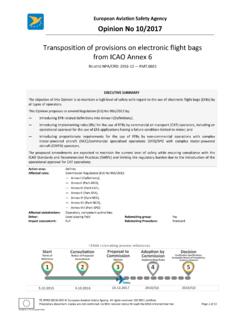
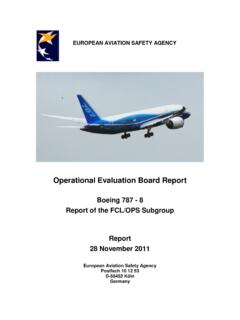
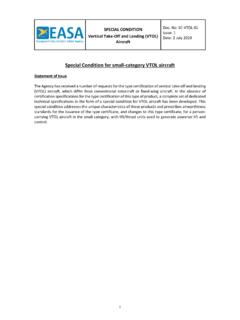






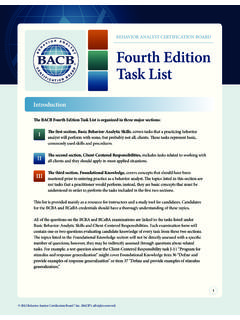
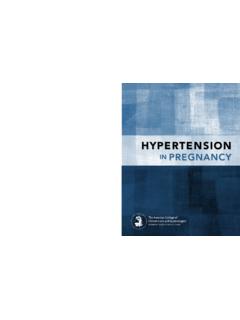

![ABSTRACT arXiv:1812.00332v2 [cs.LG] 23 Feb 2019](/cache/preview/5/1/9/1/c/0/8/a/thumb-5191c08a2a275c03358af0d4ca0febaf.jpg)